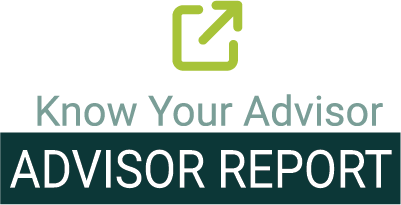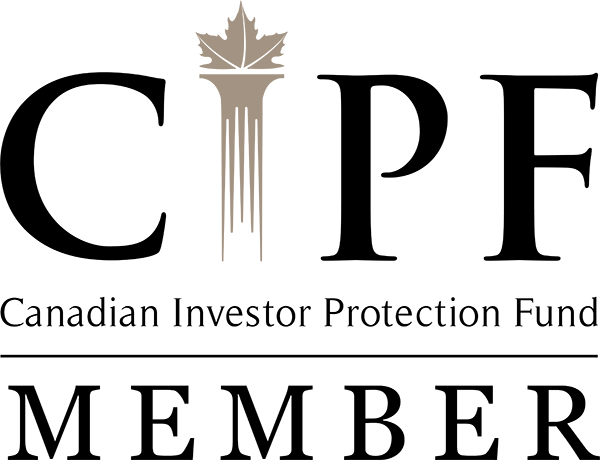10 Ways to Put Your Tax Refund to Work
As you know, your tax refund is not found money - it was your money all along that you lent Ottawa interest-free for the year. It’s money that could go back to work for you.
Here are some suggestions:
#1. CONTRIBUTE TO YOUR RRSP
Make a lump sum payment contribution for the current tax year. Not only will it ease the pressure when next RRSP season rolls around, but the sooner you make your annual contribution, the sooner it starts compounding in a tax-sheltered environment. Or, depending on your situation, you may opt to “top up” and make the maximum annual contribution possible or “catch up” by using up any carry-forward room.
If you borrowed money to make an RRSP contribution last year, use your refund to help pay down the loan. You will save on interest charges (which are not tax deductible) and free up the money that would otherwise go to your monthly loan payments. Use those funds instead to make monthly contributions to your RRSP for the current tax year.
Another option is to contribute to a spousal RRSP. While there’s no immediate tax benefit to making such a contribution, these plans are effective in reducing income taxes during retirement.
#2. PAY DOWN YOUR MORTGAGE
Whether it’s best to contribute to your RRSP or pay down your mortgage depends on a number of factors, including: the remaining mortgage term, years to retirement, future rate of investment return and your marginal tax rate. Sometimes it just “feels right” to pay down your mortgage. Do it often enough and your mortgage payments will be reduced, making it easier to fund regular RRSP contributions.
#3. PAY DOWN DEBT
If you have consumer debt and other non-deductible loans, now is a good time to pay them off. Start with the highest cost first, such as credit cards with double-digit interest rates.
#4. TOP UP AN RESP
A Registered Education Savings Plan is a great way to save for your child or grandchild’s post-secondary education and realize potential tax savings. You can also take advantage of the Canadian Education Savings Grant, which pays 20% up to $2,500 of your RESP contributions made.
#5. INVEST OUTSIDE YOUR RRSP
If your RRSPs and RESPs are maxed out, now could be a good time to consider alternative investment strategies such as a Tax Free Savings Account (TFSA) contribution, that allows you to accumulate additional tax-sheltered savings.
#6. BEEF UP YOUR EMERGENCY FUND
Every household should have an emergency fund that’s sufficient to cover three to six months’ worth of expenses in an easily accessible, liquid investment such as a money market fund. If yours doesn’t measure up, your tax refund can give it a needed boost.
#7. AVOID THE SPLURGE
Unless you really need to, avoid the urge to “invest” in depreciable assets such as a new car or some other toy. Even small amounts invested over the long term can help you achieve your financial goals.
#8. GIVE TO CHARITY
Share your windfall by making a charitable donation. It’s a win-win situation. You not only contribute to a good cause, but also receive an income tax credit that can be used to offset your personal taxes.
#9. BUY SOME PEACE OF MIND
While no one likes to think about being stricken by a serious disease or injury, the best time to protect yourself against the potentially devastating financial effect that a critical illness could have upon your investment portfolio is while you’re still healthy. You may want to investigate using your refund to purchase critical illness insurance and avoid the possibility of having to dip into your RRSP or liquidate some holdings should the unthinkable happen.
#10. DON’T LET IT HAPPEN AGAIN
A tax refund is actually a repayment of an interest-free loan that you made to the government by overpaying your taxes. That’s not the best financial planning strategy. Resolve not to receive a tax refund next year by starting year-round tax planning today. For example, if you make regular RRSP contributions, or if you make your entire contribution early in the year, you can apply to the CRA via your employer to have your withholding tax reduced. This will improve your monthly cash flow so you can get your money working in your best interest sooner and more effectively.
Remember, your personal finances are unique to you. Only a properly laid out financial plan can help you figure out what may be the best avenue.
Contact our team to ask about the financial planning services we can offer to you and your family.





